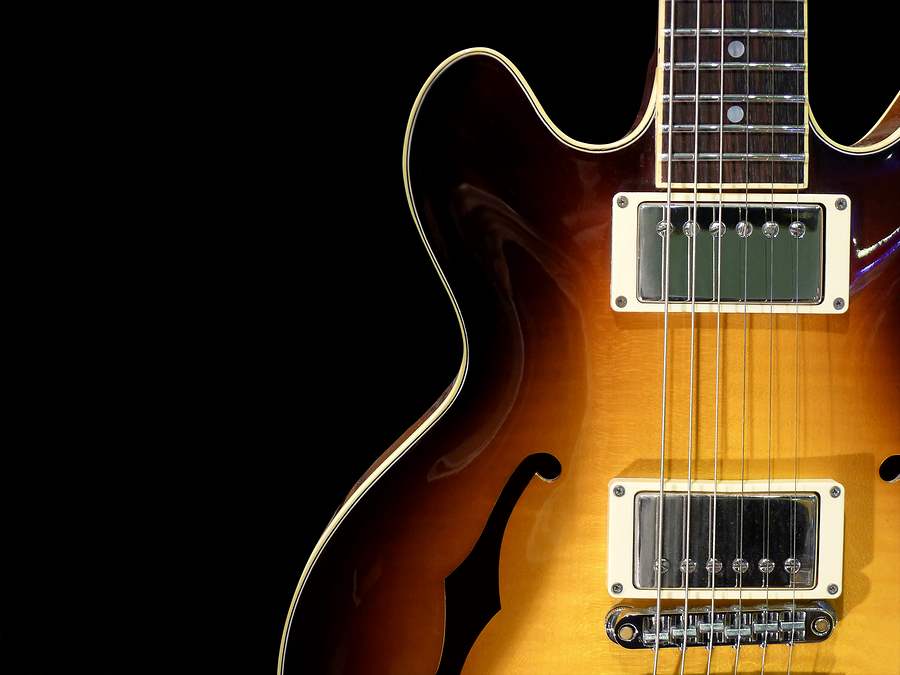Bigstock photo
 The spider exercises are one of my favorites. The spider is a cross string picking exercise that is designed to develop dexterity in both hands.
The spider exercises are one of my favorites. The spider is a cross string picking exercise that is designed to develop dexterity in both hands.
If you’re having trouble with either your right hand or left hand coordination and you want to see real improvement then these are the perfect exercises.
Do you think your hand coordination is superb then try the exercises below to confirm your assumptions or go back to your room to practice some more. :)
Depending on your skills the spider is not exactly for the faint hearted. It can be quite challenging but careful once you get the hang of it, it’s a really addicting exercise that won’t get rid of you.
How to practice
Start out slow, real slow and play through each exercise a couple of times until it feels comfortable. Once you can play the exercises slowly without faltering try playing along with a metronome. Again begin real slowly and gradually increase the tempo of the metronome.
Pay attention to the quality of the exercise. Make sure all the notes sound clean and clear. Apply alternate picking technique with your right hand (down,up,down,up).
Focus fully on the exercise. Observe your left and right hand while playing and see if there’s anything that needs to be corrected or improved. The slightest change can make a huge difference.Continue Reading
 When I first started playing electric guitar (4 years after I picked up the acoustic guitar) all I wanted to do is learn those almighty guitar solos of Slash, Nuno Bettencourt, Joe Satriani, Stevie Ray Vaughan, Scott Henderson, Marty Friedman, Kirk Hammet, Dimebag Darrel and other great legends.
When I first started playing electric guitar (4 years after I picked up the acoustic guitar) all I wanted to do is learn those almighty guitar solos of Slash, Nuno Bettencourt, Joe Satriani, Stevie Ray Vaughan, Scott Henderson, Marty Friedman, Kirk Hammet, Dimebag Darrel and other great legends. Building, learning and mastering a repertoire is part of being a musician. It’s your chance to show who you are as a musician.
Building, learning and mastering a repertoire is part of being a musician. It’s your chance to show who you are as a musician.